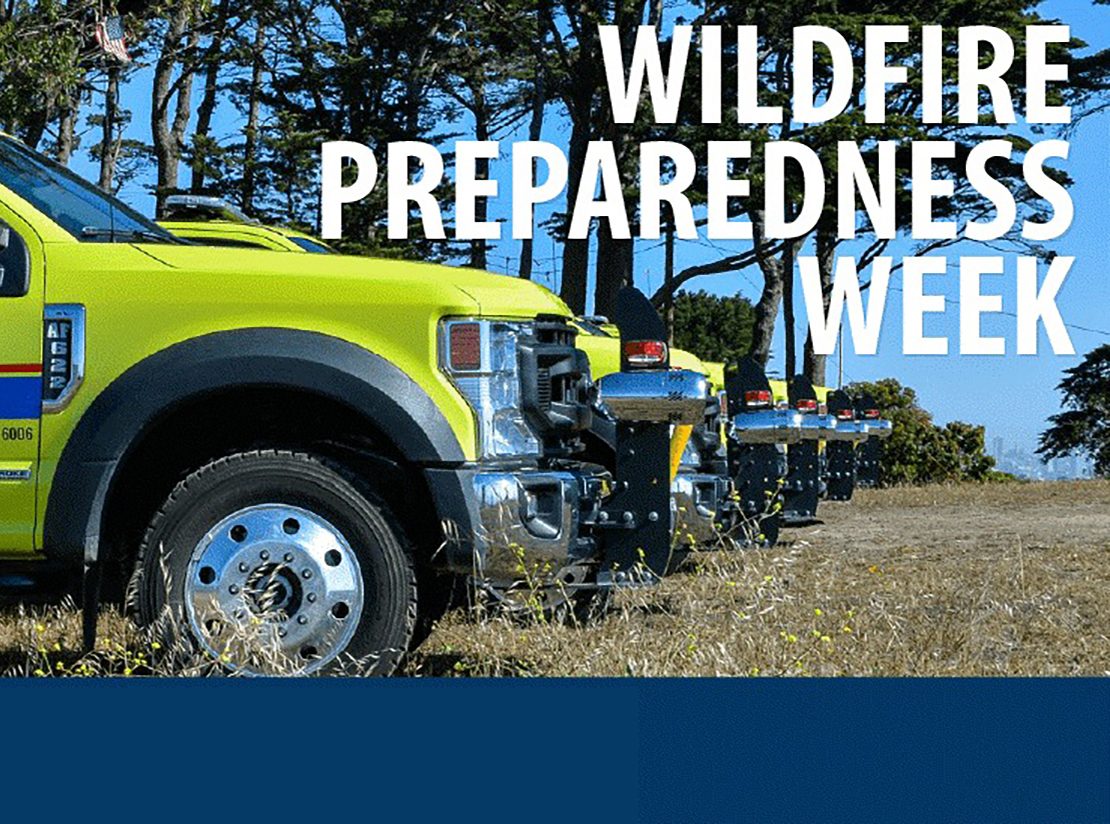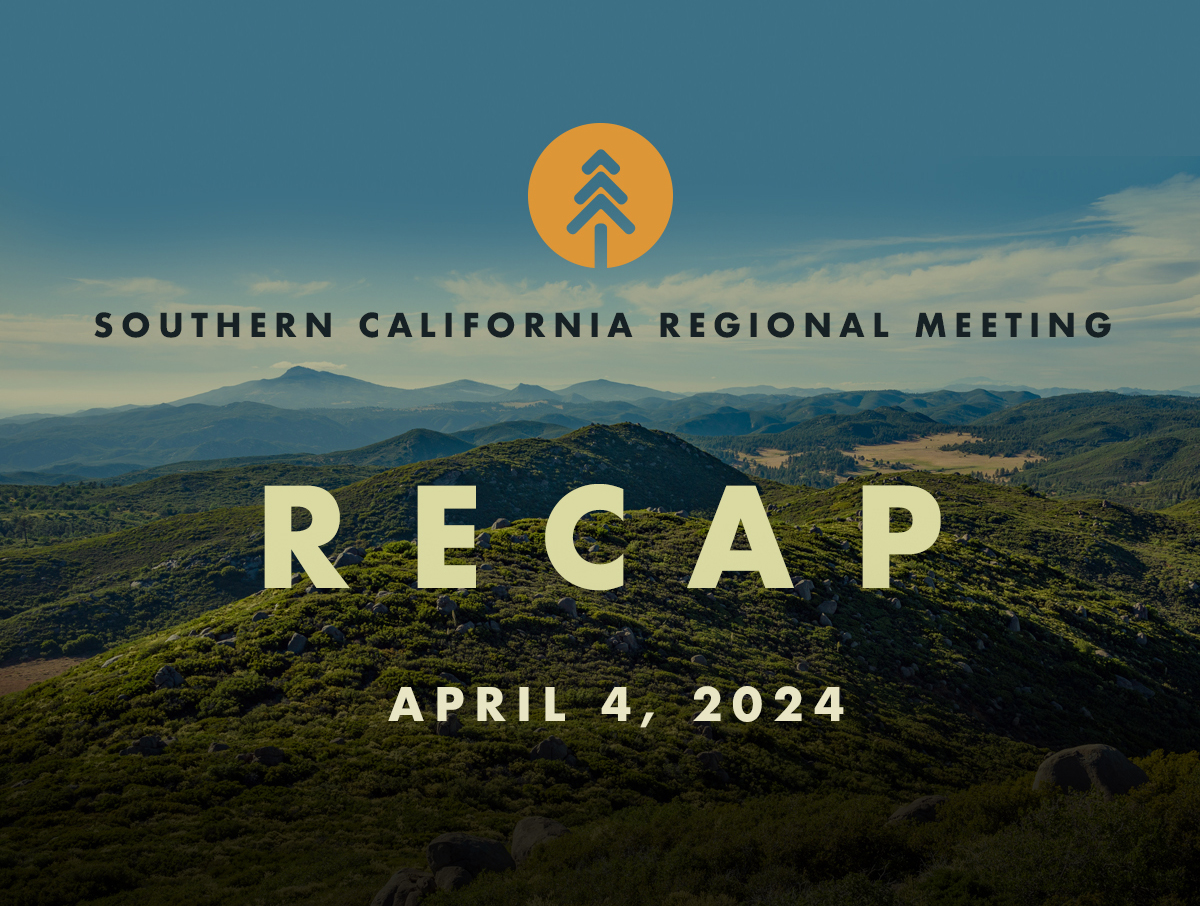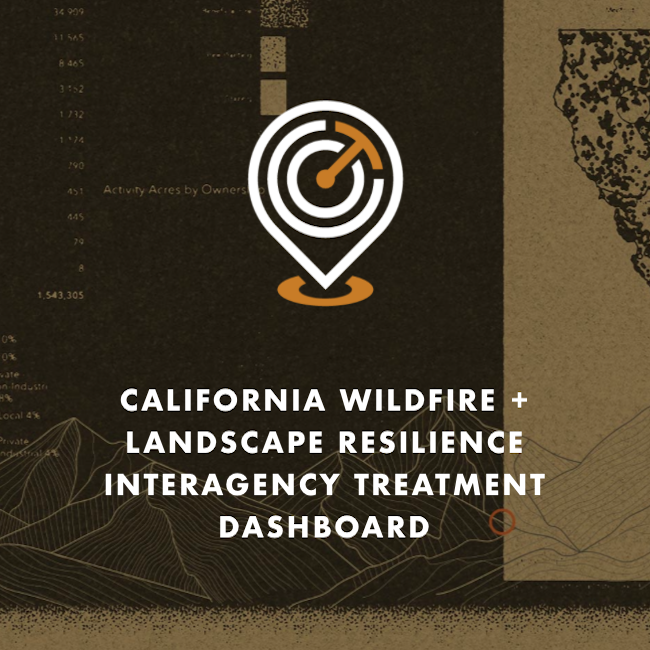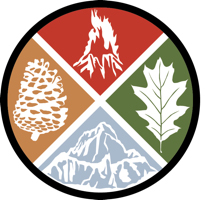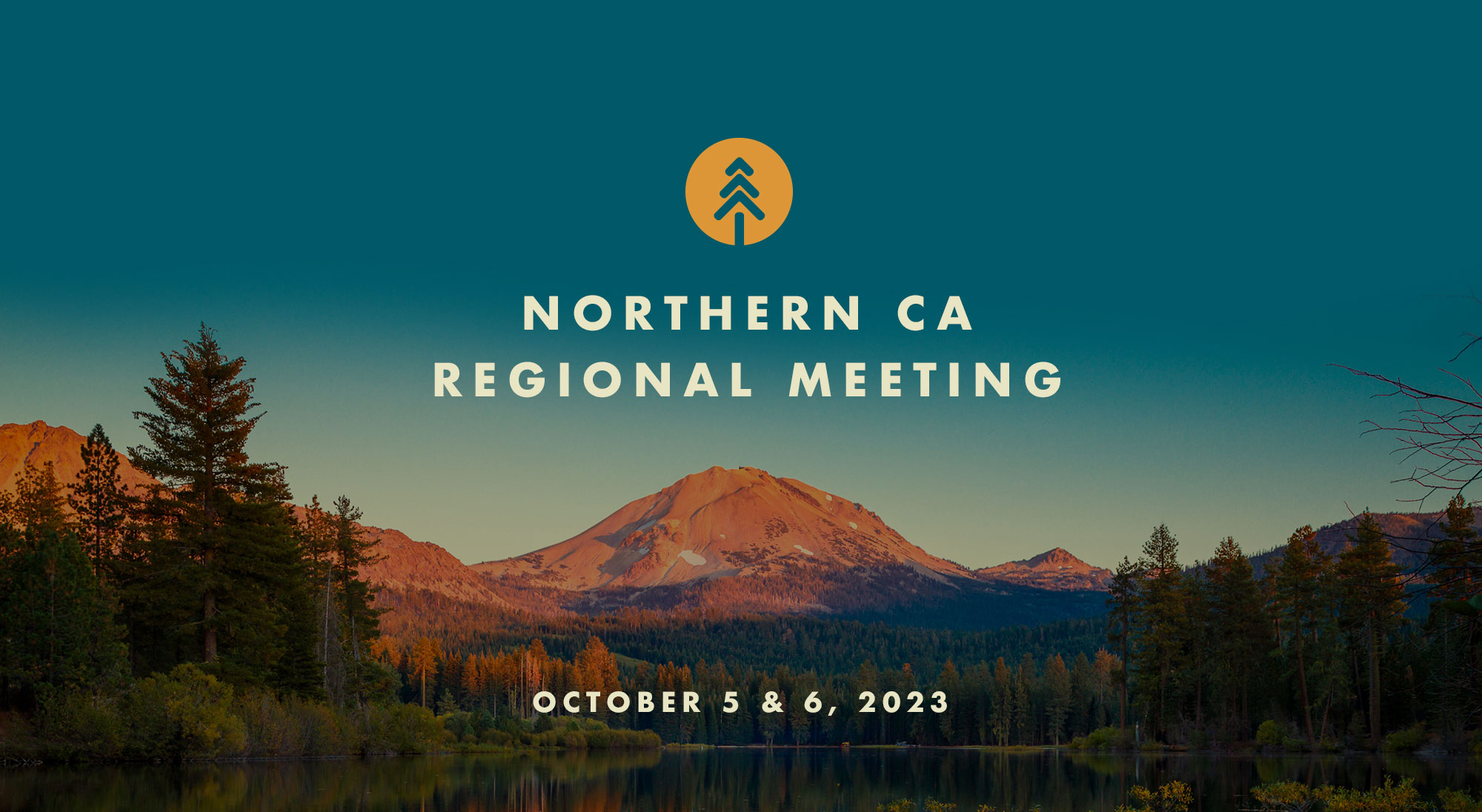Wildfire Preparedness Week – Meeting the Mission Through Partnerships
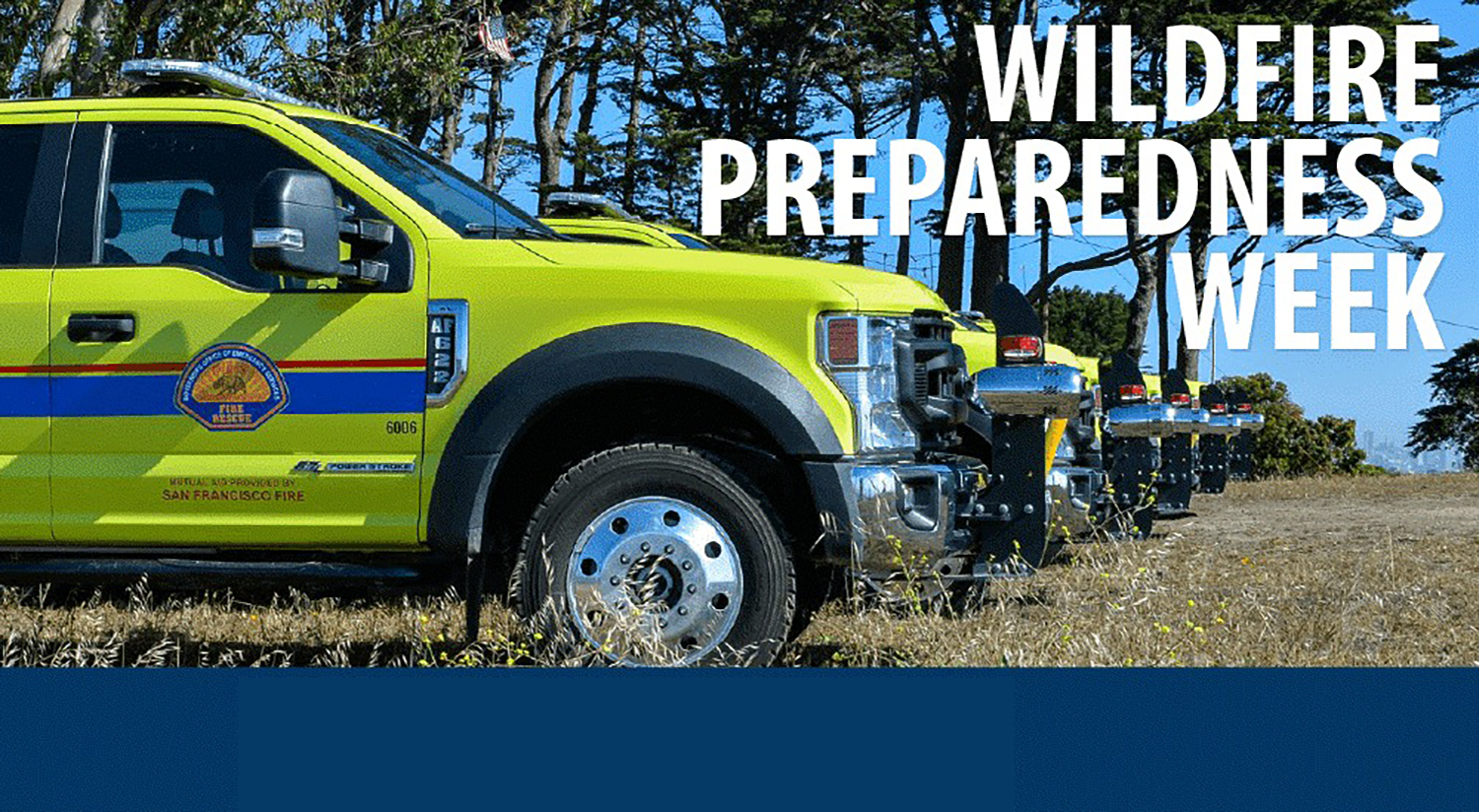
Wildfire Preparedness Week – Meeting the Mission Through Partnerships
May 5, 2024 – Governor Newsom issued a proclamation declaring May 5-11, 2024 as California’s “Wildfire Preparedness Week.” This year’s Wildfire Preparedness Week theme, Meeting the Mission Through Partnerships, emphasizes the importance of collaboration and collective responsibility in reducing and managing wildfire risk. California Governor’s Office of Emergency Services (CAL OES) and CAL FIRE will be hosting a series of events to provide valuable wildfire safety and preparedness tips in Sacramento, San Mateo, San Luis Obispo, and Orange counties. Federal partners in California, including the USFS, National Park Service, BLM, and Bureau of Indian Affairs, are launching an online campaign focused on wildland fire safety and prevention while recreating on public lands.
At the community level, Californians can make their neighborhoods safer by creating defensible space around homes, hardening homes, developing wildfire action plans and teaming up to join Fire Safe Councils and Firewise Communities, which work to regularly assess wildfire risk and prioritize action to address it. Visit ReadyForWildfire.org to learn about steps to prepare for wildfire season and help prevent loss of life and property and explore the Task Force’s webpage dedicated to advancing Fire Adapted Communities.
California Accelerates Nature-Based Solutions
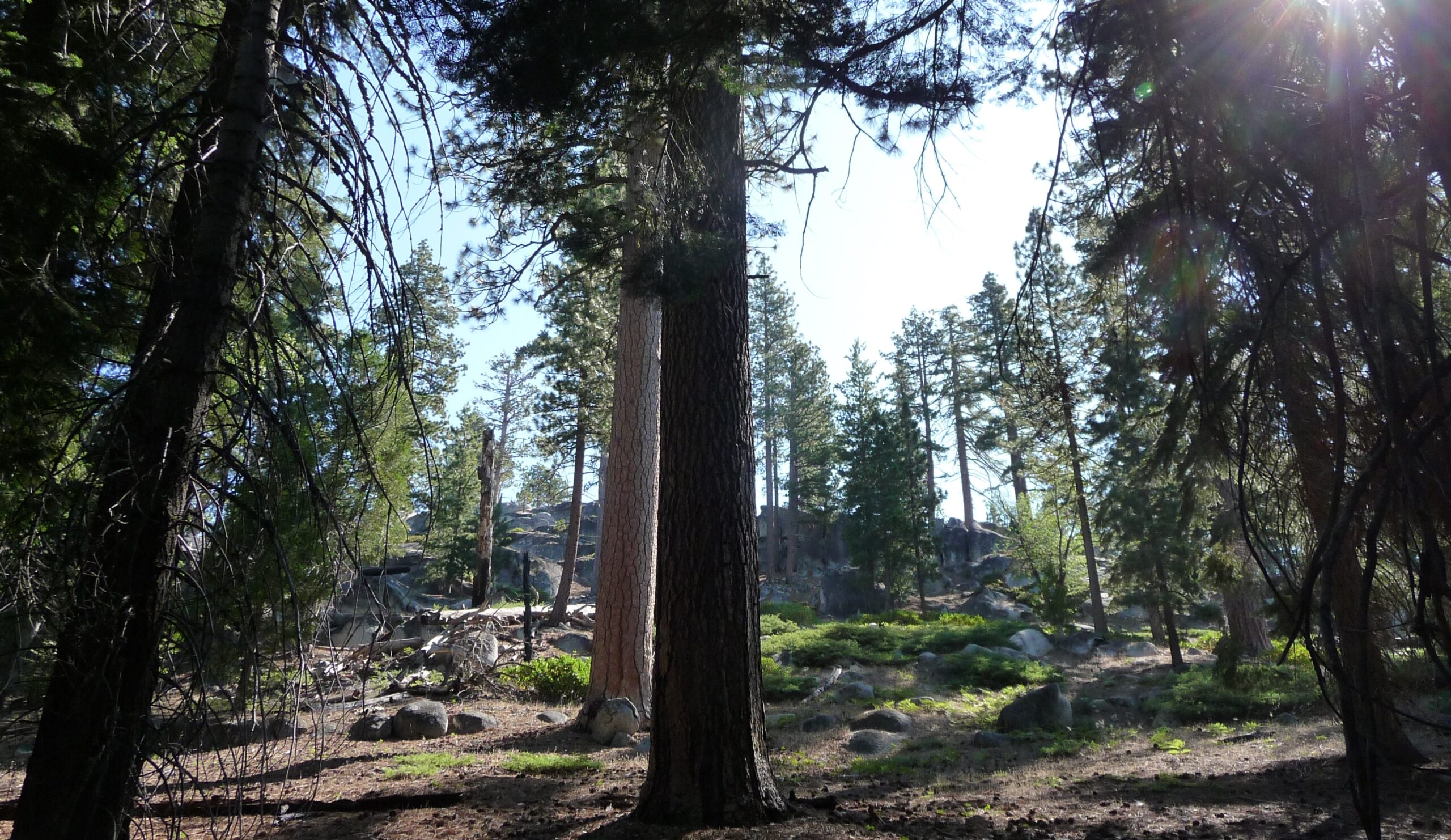
California Accelerates Nature-Based Solutions to Achieve Climate Targets and Reduce Wildfire Risk
May 2024: Nature-based solutions (NBS) harness the power of nature to build California’s resilience to future climate-driven extremes, protect communities from the climate crisis, and remove carbon from our atmosphere. On April 22, California released its NBS climate targets which sets ambitious targets for wildfire risk reduction, including scaling up the state’s utilization of beneficial fire and other fuel reduction activities, as well as reducing community wildfire risks. NBS targets are tailored to California’s varied and unique landscapes, with goals to promote healthy landscapes and restore historic fire regimes. NBS climate targets align with goals in California’s Wildfire and Forest Resilience Action Plan.
Recap of The Southern California Regional Meeting
SOUTHERN CALIFORNIA REGIONAL MEETING RECAP
April 4, 2024
A full-capacity audience of over 300 people came together at the San Diego Zoo Safari Park in Escondido (with over 200 joining online) for the Governor’s Wildfire & Forest Resilience Task Force’s Southern California regional meeting. Hosted by the Resource Conservation District of Greater San Diego County and the San Diego Zoo Wildlife Alliance, the agenda and activities focused on landscapes and land management issues unique to Southern California, including cultural burning, utilities & infrastructure, and regional planning and implementation.
If you couldn’t make it in person, or missed the real-time webinar, video recordings are available below.
REGIONAL MEETING AGENDA HIGHLIGHTS
- Director’s Report: Director Wright provided an update on recent accomplishments and investments in Southern California, progress being made on Task Force key actions and products as well as an overview of the process to update the Task Force Action Plan.
- Southern California’s Unique Landscapes & Challenges: University researchers discussed threats to the incredibly biodiverse region and management techniques needed to build ecological resilience in the densely populated, shrubland dominated region. Additionally, an update on Regional Resource Kits and how they can be utilized in the region was provided.
- Regional Leadership Panel: Regional leaders shared local project highlights and showcased their efforts to develop landscape-scale projects and align federal, state, and regional plans, priorities, and investments.
- Cultural Fire & Indigenous Stewardship: A panel of cultural practitioners and resource managers discussed obstacles and barriers facing cultural burners, including difficulties in obtaining burn permits, threats to tribal sovereignty, and the continued struggles of California tribes to overcome structural racism in order to maintain traditions and steward ancestral lands.
- The Role of Utilities & Infrastructure in Wildfire Resilience: A panel of energy, water, and transportation agency representatives discussed new and emerging strategies to address wildfire impacts to infrastructure as well as the role utilities play in reducing ignitions.
Welcome & Opening Remarks
• Lisa Peterson, San Diego Zoo Safari Park
• Stephen W. Cope, San Pasqual Band of Mission Indians
• Jennifer Eberlien, USDA Forest Service
• Task Force Executive Committee
• Joel Anderson, San Diego County Supervisor
Director's Report
• Patrick Wright, Task Force
Southern CA's Unique Landscapes & Challenges
Southern CA's Unique Landscapes & Challenges
• Megan Jennings, San Diego State University
• John Battles, University of California, Berkeley
Regional Leadership Panel
Regional Leadership Panel
• Moderator: Kathy Peterson
• Susie Kirschner, Inland Empire Resource Conservation District
• Scott Tangenberg, Cleveland National Forest
• Heather Marlow, Greater SD County Resource Conservation District
• Sal Reyes, San Bernardino National Forest
• Eric Just, CAL FIRE
Trailer Screening: MAATHAAW: The Fire Within Us
Trailer Screening: MAATHAAW: The Fire Within Us
•Learn more and donate at: qrco.de/maathaaw
Cultural Fire & Indigenous Stewardship
Cultural Fire & Indigenous Stewardship
• Moderator: Will Madrigal Jr., Climate Science Alliance
• Wesley Ruise Jr., La Jolla Band of Luiseño Indians
• Marlene’ Dusek, Climate Science Alliance
• Kevin Soland, KRS Environmental Consulting
• Emily Burgueno, Kumeyaay Diegueno Land Conservency
• Travis Armstrong, CAL FIRE
• Joel Arellano, Climate Science Alliance
The Role of Utilities & Infrastructure in Wildfire Resilience
• Moderator: Phil Saksa, Blue Forest
• Caroline Thomas Jacobs, Office of Energy Infrastructure Safety
• Thom Porter, San Diego Gas and Electric
• David Guzman, Southern California Edison
• Greg Woodside, San Bernardino Municipal Water District
• Lisa Worthington, Caltrans
Closing Remarks
• Task Force Co-Chairs
SNC Celebrates 20 Years of Impact and Awards $27.5 Million to Forest Resilience & Community Protection Projects
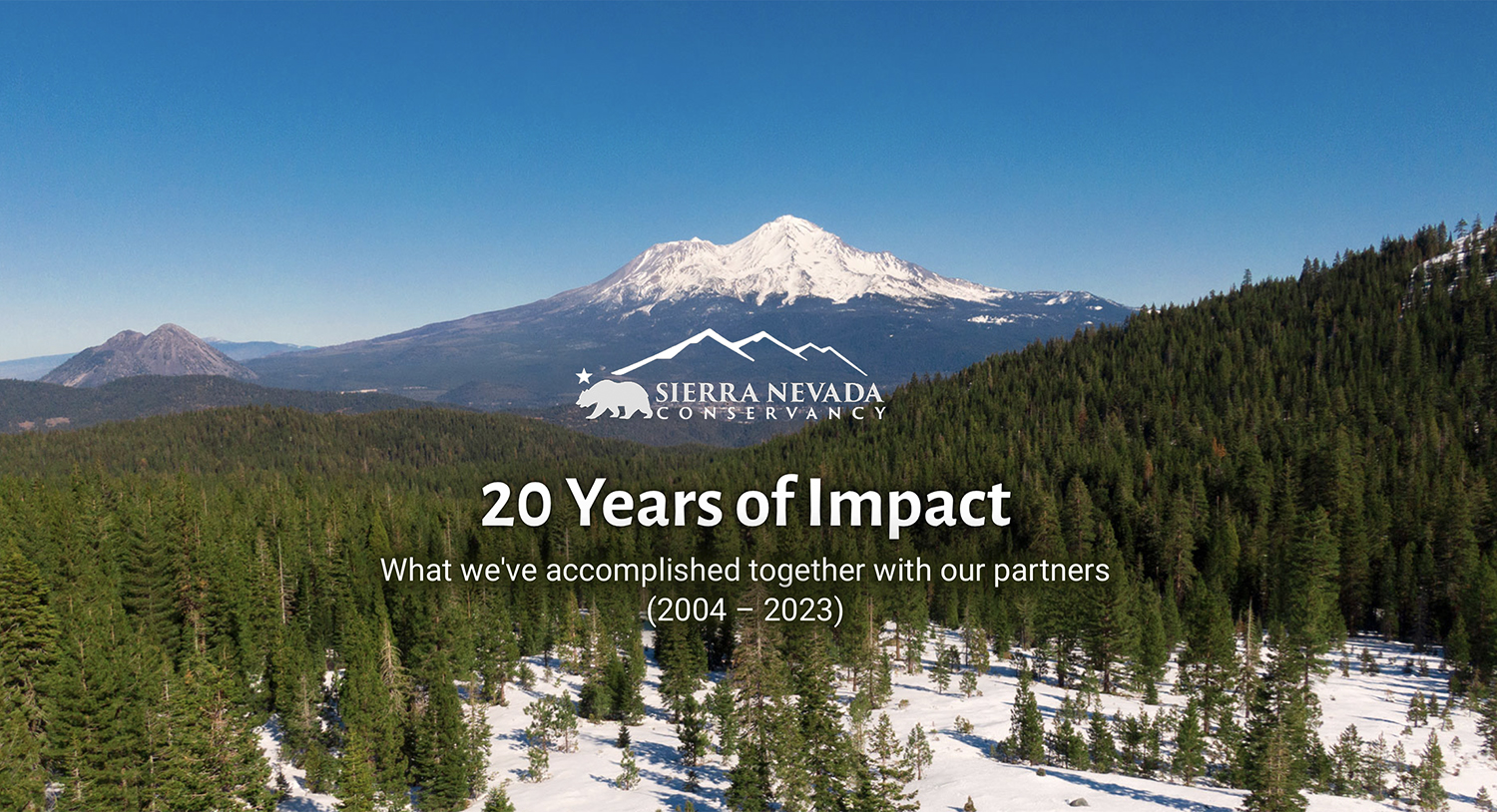
SNC Celebrates 20 Years of Impact and Awards $27.5 Million to Forest Resilience & Community Protection Project
The Sierra Nevada Conservancy (SNC) released a report of accomplishments made with its partners over the past 20 years. SNC is keeping up the good work with the announcement of $27.5 million to 16 different projects that help with the planning and implementation of forest-health efforts that promote recovery and resilience throughout the Sierra-Cascade. Of the 16 projects awarded, eight went to the implementation of shovel-ready projects in Amador, Placer, Plumas, Shasta, Siskiyou, and Tulare counties.
CA Climate Hub Receives USFS Region 5 Partnership of the Year Award
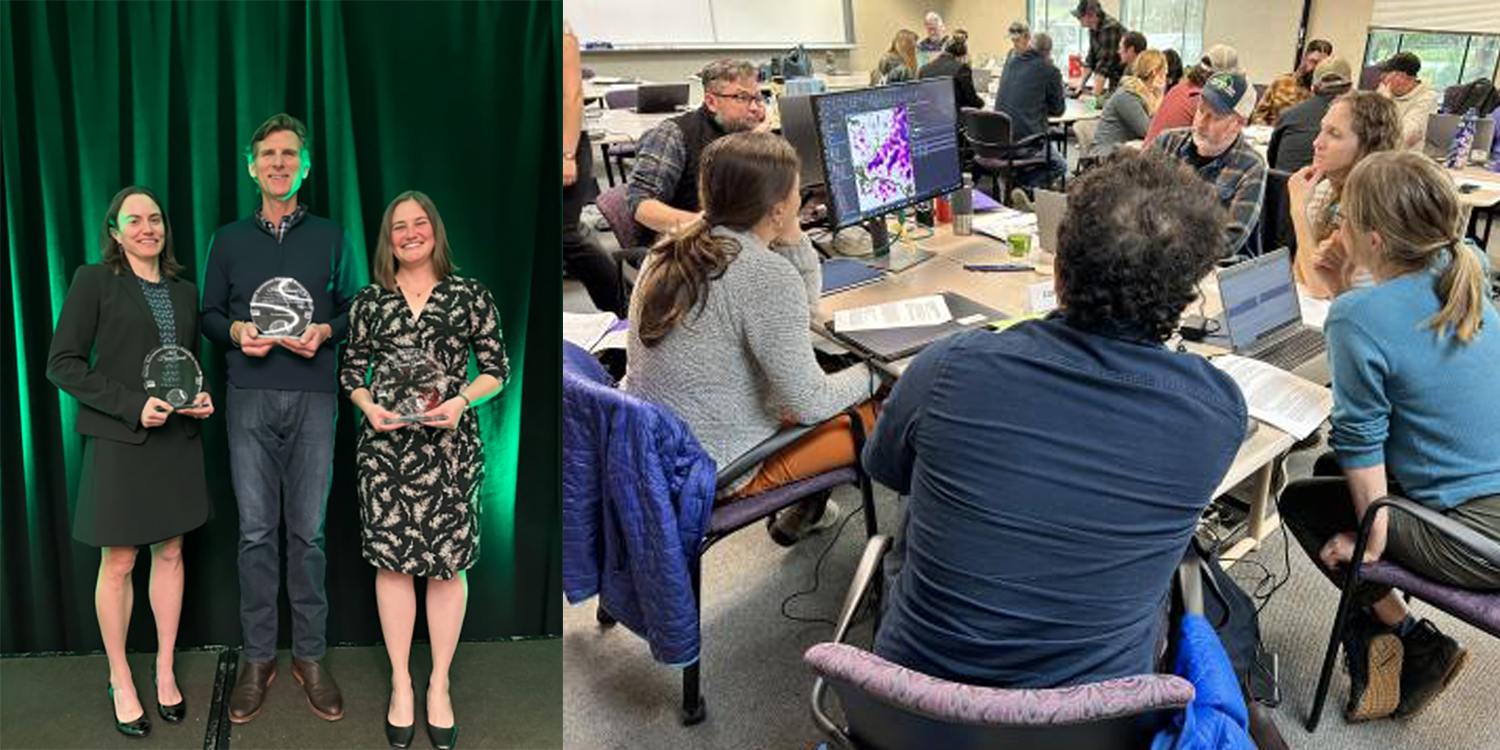
California Climate Hub Receives USFS Region 5 Partnership of the Year Award
The USDA Forest Service Region 5 awarded the California Climate Hub the 2023 Honor Award for Partnership of the Year for their efforts to develop and deliver climate literacy and web-based climate tools trainings. The trainings familiarized participants with relevant information on climate and climate models and provided hands-on experience using two web-based climate data tools: Cal-Adapt and Climate Toolbox. Additionally, the California Climate Hub has designed and delivered a series of workshops focused on the applications of the California Wildfire and Forest Resilience Task Force’s Regional Resource Kits. The most recent workshop gathered forest managers from local, state, and federal agencies at Shasta-Trinity National Forest in Redding.
North Yuba Landscape Resilience Project
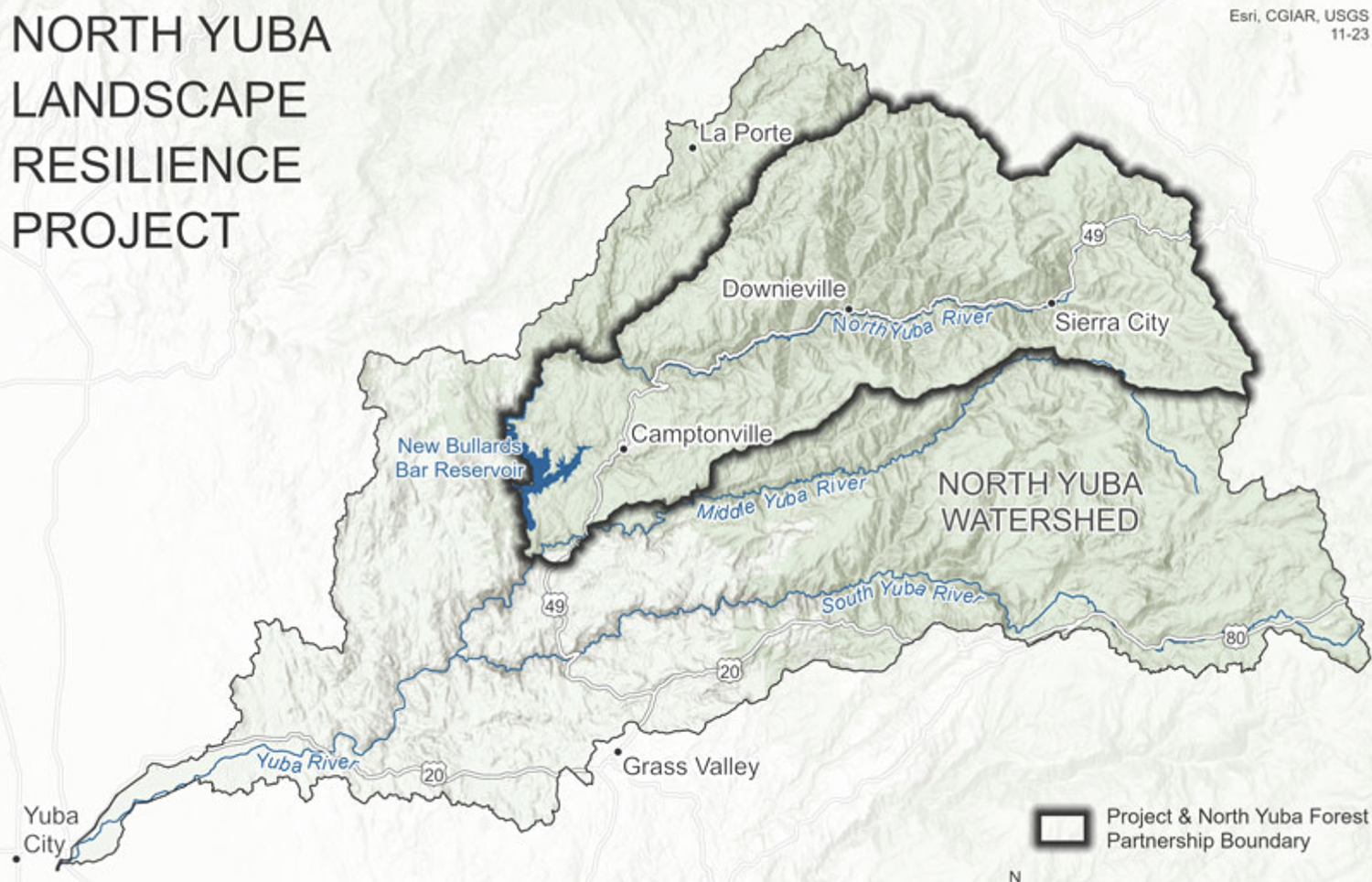
North Yuba Landscape Resilience Project an Example of Collaborative Funding
A 2020 Sierra Nevada Conservancy grant in support of planning efforts by the North Yuba Forest Partnership leveraged a $160 million USFS investment which will allow much-needed work to be completed across 275,000 acres of federal land within the North Yuba River watershed. While federal projects are ramping up, others have already started thanks to private funding from a forest resilience bond created by Blue Forest Conservation.
Explore the Treatment Dashboard - Take The Survey
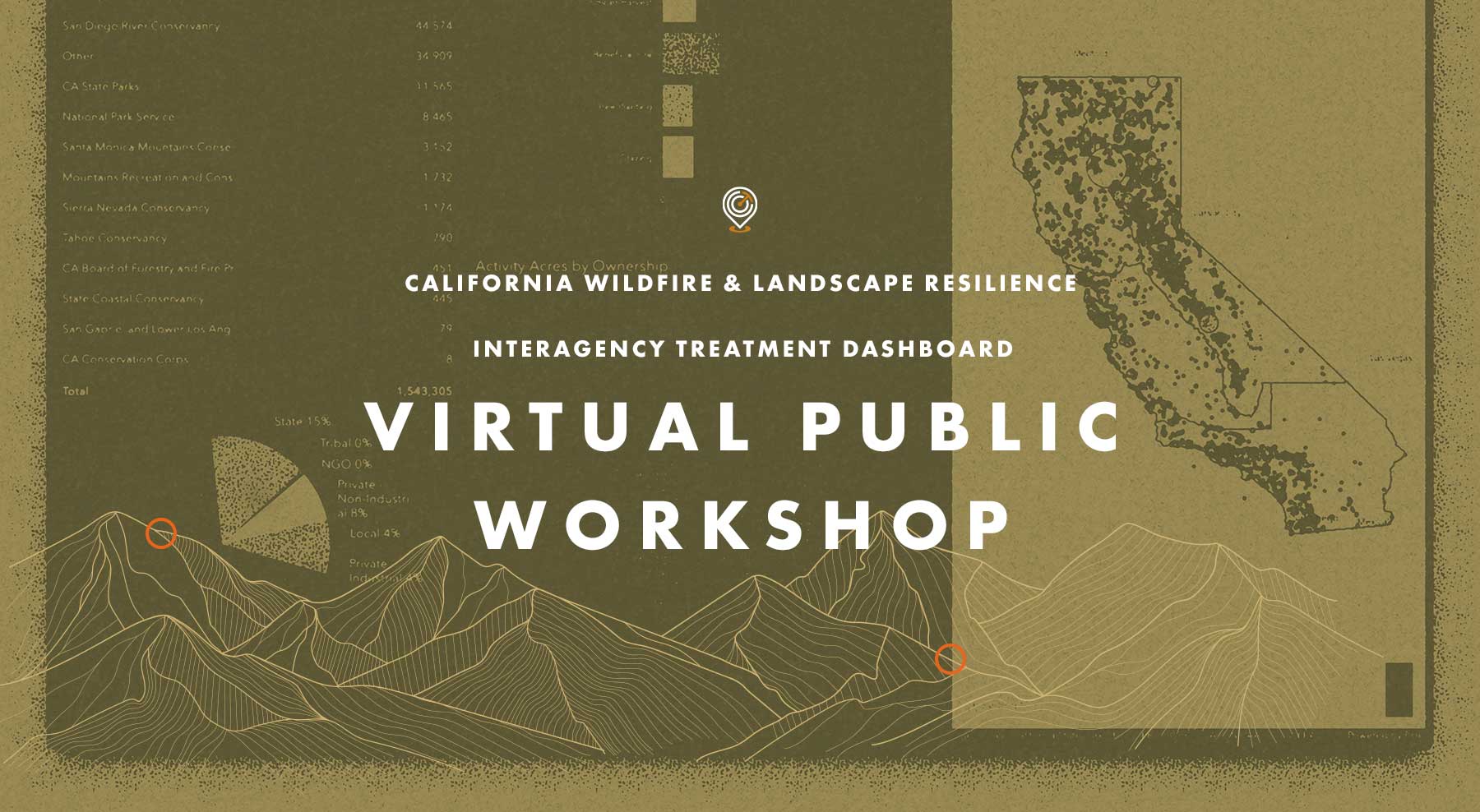
Recap: Treatment Dashboard Virtual Workshop
On Tuesday, November 14 the Task Force hosted a Virtual Public Workshop on the CA Wildfire & Landscape Resilience Interagency Treatment Dashboard. The goal of the workshop was to gather input from those using the Treatment Tracking System and Dashboard to improve how data is accessed and displayed, and to ensure we are providing transparency and effective planning information on statewide wildfire resilience treatments.
If you missed the workshop, or want to look back at what was covered, click on the buttons above to watch a video of the presentation from Alan Talhelm, Assistant Deputy Director for Climate and Energy at CAL FIRE, and a key architect of the Dashboard. You can also view and download Alan’s presentation and take a moment to answer a quick survey for gathering additional input on how the Dashboard can be most effective.
CA Fire Science Consortium Conducting Land and Fire Management Needs Assessment

CA Fire Science Consortium Conducting Land and Fire Management Needs Assessment
The California Fire Science Consortium is leading a survey to gain an updated understanding of needs around knowledge exchange, information sources, and scientific research. All are welcome, from those working in fire as well as those in non-fire roles, to complete the survey to help inform science delivery and regional knowledge exchange within California. The survey will be open until January 1, 2024.
RESOURCES
CAL FIRE's and ALERTCalifornia's Fire Detection AI Program Named One of TIME’s Best Inventions of 2023
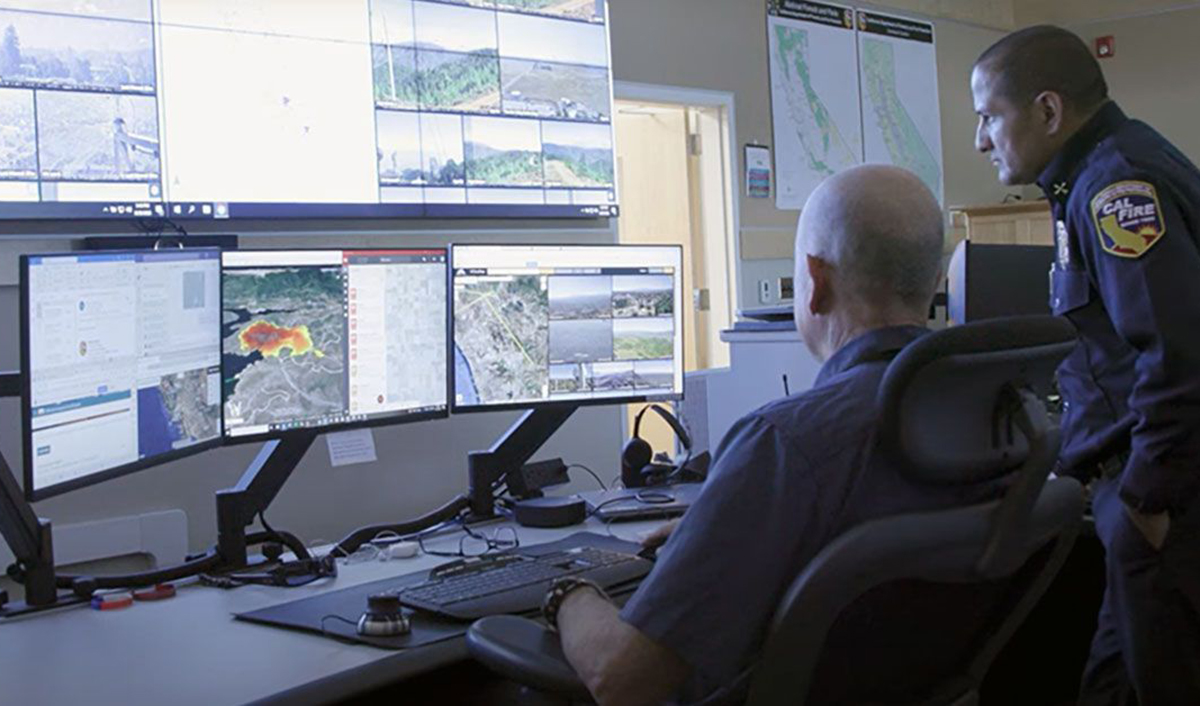
CAL FIRE's and ALERTCalifornia's Fire Detection AI Program
TIME selected the University of California ALERTCalifornia program, the California Department of Forestry and Fire Protection (CAL FIRE), and industry partner Digital Path’s AI fire detection tool as one of the best inventions of 2023. The value of this public-private partnership is the development of AI to aid firefighters, mitigate watchstander fatigue, reduce false positives, and confirm fire incidents in the incipient phase. Early detection and rapid response allow firefighters to combat fires before they grow. The AI tool became available to all 21 CAL FIRE 911 Dispatch Centers in September 2023.
Recap of The Northern California Regional Meeting
NORTHERN CALIFORNIA REGIONAL MEETING RECAP
October 5, 2023
Over 300 people came together in Redding (with over 200 joining online) for the Governor’s Wildfire & Forest Resilience Task Force’s Northern California regional meeting. Highlights for the meeting included the release of the Northern California’s Regional Resource Kit and Regional profile, completing the set for all four regions. Additionally, panelists presented on Northern California’s unique physical and socio-economic landscapes, including how regional leaders are scaling up landscape restoration and community protection as well as adapting to meet forest sector workforce needs.
If you couldn’t make it in person, or missed the real-time webinar, video recordings are available below.
REGIONAL MEETING AGENDA HIGHLIGHTS
- Director’s Report: Director Wright provided an overview of projects and investments achieved by Task Force partners in the region and shared how new Task Force products such as the Interagency Treatment Dashboard and Regional Resource Kits can be utilized to assess landscape health and fire risk, plan and prioritize projects, and track progress toward wildfire resilience in every region of the state.
- Northern California Landscapes: A panel of experts discussed Northern California’s unique physical and socio-economic landscapes and the role Indigenous stewardship, water security, and community resilience and recovery play in the region. The Task Force Interagency Science Team then introduced the new data tools for practitioners available in the Task Force’s Regional Resource Kits.
- Scaling Up Landscape Restoration and Community Protection: Northern California regional leaders discussed how they are aligning funding and adapting their programs to restore landscapes and protect communities at a meaningful scale. This included a case study of Trinity County, California’s highest fire risk county.
- Forest Sector Workforce Needs & Opportunities: A panel of forest sector workforce and training representatives discussed current forestry-related workforce impediments to increasing the pace and scale of landscape restoration.
Welcome
• Dr. Joe Wise, Shasta-Tehama-Trinity Joint Community College District
• Chairman Jack Potter Jr., Redding Rancheria
Opening Remarks
• Wade Crowfoot, CNRA
• Jennifer Eberlien, USFS
• Brian Ferebee, Executive Lead, Wildfire Crisis Strategy, USFS
• Task Force Executive Committee
Director’s Report
Director’s Report
• Patrick Wright
Northern California's Landscapes
Northern California's Landscapes
• Moderator: Steven Ostoja, USDA California Climate Hub
• Ramona Butz, USFS Northern Province Ecology
• Frank Lake, USFS-Pacific SW Research Station
• Safeeq Khan, UC Merced
• Yana Valochovic, UCANR
Regional Resource Kits: John Battles, UC Berkeley
Scaling Up Landscape Restoration & Community Protection
Scaling Up Landscape Restoration & Community Protection
• Moderator: Nick Goulette, The Watershed Center
• Kelly Sheen, Trinity County RCD
• Rachel Birkey, Shasta-Trinity National Forest
• Leaf Hillman, North Coast Resource Partnership
• Gabe Shultz, CAL FIRE Northern Region
Forest Sector Workforce Needs & Opportunities
Forest Sector Workforce Needs & Opportunities
• Moderator: Becky Roe, Shasta College
• Todd Jones, Shasta Economic Development Corporation
• Lindsay Dailey, Tribal EcoRestoration Alliance
• Justin Britton, CAL FIRE
• Mark Luster, Sierra Pacific Industries
• Tim Aldinger, Foundation for CA Community Colleges
Closing Remarks
• Task Force Co-Chairs

